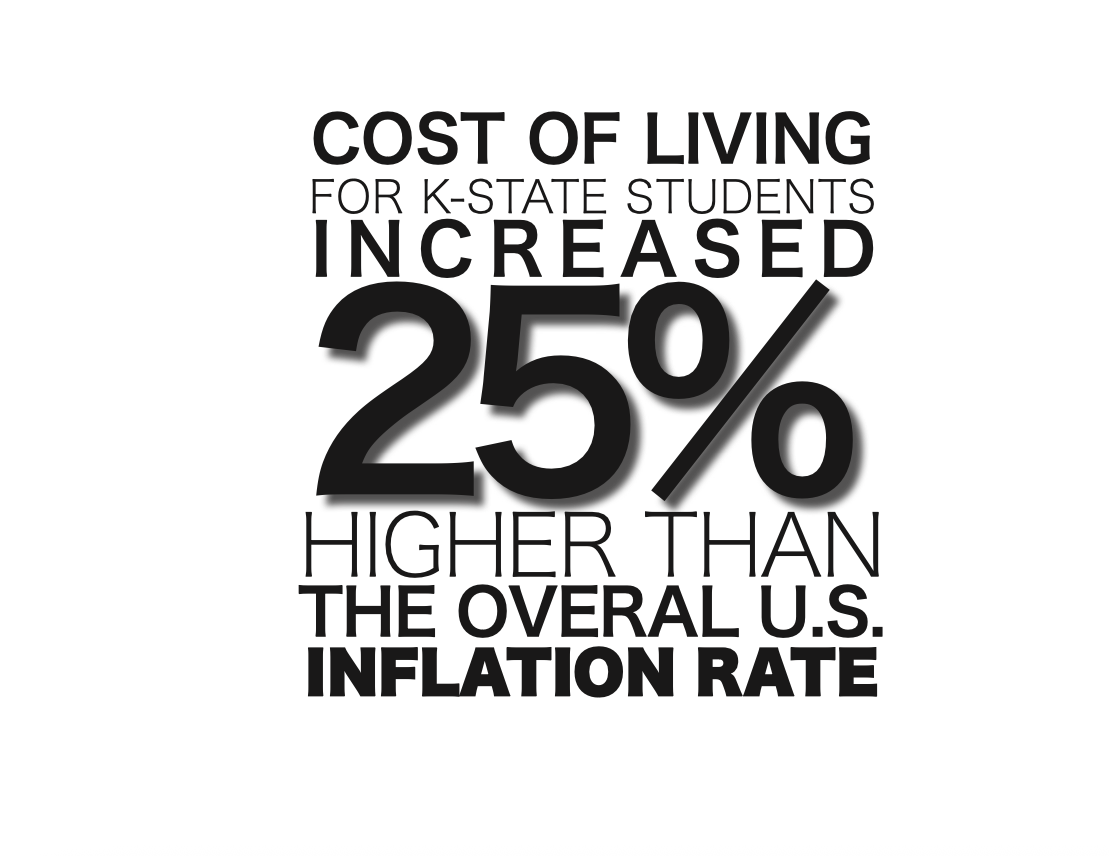Introduction to Green Bonds
Green bonds, introduced by the European Investment Bank in 2007, fund projects with positive environmental impacts. Issued by governments, municipalities, or corporations, their proceeds support climate change mitigation and sustainability. To explore how investment education firms can help you understand green bonds and make informed choices, follow this link. The green bond market has surged to over $1 trillion by 2023, highlighting the growing investor demand for sustainable investments.
The Intersection of Green Bonds and Water Sustainability
Water sustainability is a critical global issue, with challenges such as scarcity, pollution, and the impacts of climate change threatening water resources. Green bonds have emerged as a powerful tool in financing water sustainability projects. These projects range from large-scale infrastructure improvements, like wastewater treatment plants and flood management systems, to smaller initiatives aimed at conserving water resources and ensuring clean water access. By directing capital to these projects, green bonds help address the urgent need for sustainable water management, which is essential for maintaining human health, supporting economic growth, and preserving ecosystems.
Case Studies of Green Bonds in Water Sustainability
One of the most notable examples of green bonds in water sustainability is the DC Water Environmental Impact Bond (EIB), issued in 2016. This bond was used to finance the construction of green infrastructure aimed at reducing stormwater runoff into the Potomac River, helping to mitigate flooding and improve water quality. The success of this project set a precedent for other municipalities looking to leverage green bonds for similar purposes.
Another significant example is the use of Environmental Impact Bonds in Hampton, Virginia. The city issued these bonds to fund several green infrastructure projects, including the Big Bethel Blueway and the transformation of a detention pond into Lake Hampton. These projects are designed to increase stormwater storage capacity and reduce flood risks in a region prone to severe weather and rising sea levels. The Hampton EIBs not only provide environmental benefits but also enhance community resilience and create public amenities, demonstrating the multifaceted value of green bond-funded water projects (Stormwater Report).
Financial and Environmental Impact of Water Sustainability Bonds
Green bonds provide a dual benefit: they offer attractive financial returns while supporting essential environmental projects. For investors, green bonds represent a way to diversify portfolios and manage risk, particularly as demand for sustainable investment opportunities grows. The economic benefits of water sustainability bonds are substantial, as these projects often lead to job creation, enhanced property values, and reduced costs from water-related damages.
Measuring the environmental impact of these projects is critical to their success. Common metrics include improvements in water quality, increased flood protection, and enhanced ecosystem services. For instance, projects funded by green bonds in Hampton are expected to add millions of gallons of stormwater storage capacity, significantly reducing the city’s vulnerability to flooding. These measurable outcomes help to justify the investment and ensure that the bonds deliver on their environmental promises.
Challenges and Risks in Funding Water Projects with Green Bonds
Despite their benefits, green bonds are not without challenges. One of the primary risks is the difficulty in accurately valuing the environmental and social benefits of water sustainability projects. Unlike traditional infrastructure investments, the returns on green bonds are often tied to non-financial outcomes, such as improved water quality or reduced flood risk. This can make it challenging for investors to assess the financial viability of these projects.
Another challenge is ensuring transparency and accountability in how the proceeds from green bonds are used. Investors need confidence that their funds are being allocated effectively and that the projects will deliver the promised environmental benefits. To address this, rigorous standards and independent verification processes are essential. These measures help to build trust in the green bond market and ensure that the bonds remain a credible tool for financing sustainability (Stormwater Report).
Future Trends in Green Bonds and Water Sustainability
The green bond market is evolving, with new structures and innovations aimed at enhancing their effectiveness. One such trend is the development of performance-based green bonds, where returns are linked to the achievement of specific environmental outcomes. This approach incentivizes both issuers and investors to prioritize projects that deliver tangible benefits, such as improved water management or reduced greenhouse gas emissions.
Looking ahead, green bonds are likely to play an increasingly important role in financing water sustainability projects. As climate change intensifies and water-related challenges become more severe, there will be a growing need for investments in resilient water infrastructure. Green bonds offer a scalable solution to this challenge, enabling governments and corporations to mobilize capital for projects that address critical water issues while also contributing to broader sustainability goals.
Conclusion
Green bonds represent a powerful tool in the global effort to promote water sustainability. By directing capital to projects that improve water management, reduce flood risks, and enhance ecosystem services, these bonds help to address some of the most pressing environmental challenges of our time. As the market for green bonds continues to grow and evolve, they will likely become an increasingly important part of the financial landscape, driving investments that are essential for a sustainable water future.



































































































































